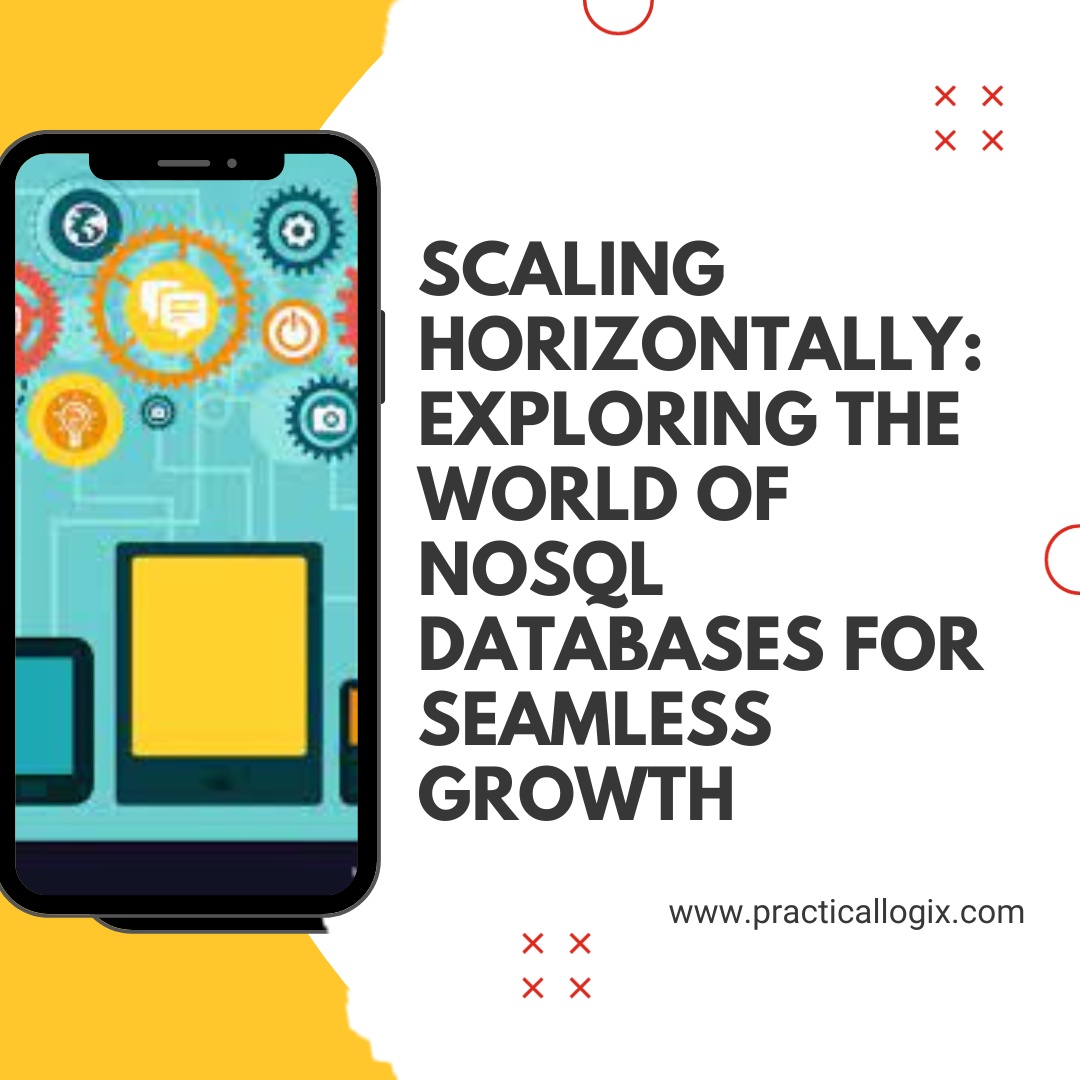In the ever-changing realm of modern applications, the need for scalable and adaptable database solutions has reached unprecedented heights. As digital ecosystems continue to evolve, traditional relational databases often encounter constraints in managing the immense volume and diversity of data generated by today's applications. This is where NoSQL databases excel, especially in their capability to scale horizontally, fostering a sturdy basis for seamless expansion.
Understanding the Importance of Scalability
As applications continue to grow, the amount of data they generate and manage also increases. Traditional relational databases may face challenges in keeping up with this growing workload, resulting in performance bottlenecks and delays. This is where the concept of horizontal scalability becomes crucial. Unlike vertical scaling, which involves enhancing the power of a single machine, horizontal scaling distributes the workload across multiple servers.
Introduction to NoSQL Databases
NoSQL databases, a category of databases that diverge from the traditional relational model, are specifically designed with scalability in mind. They offer a schema-less approach, allowing flexibility in handling various types of data without the rigid structure imposed by traditional databases. One of the key features that make NoSQL databases ideal for scalable solutions is their effortless ability to scale horizontally.
The Advantages of Horizontal Scaling
Horizontal scaling, also known as "scaling out," involves adding more servers to a database system to distribute the workload. This approach ensures that as the volume of data increases, the system can seamlessly expand by adding more commodity hardware. NoSQL databases, such as MongoDB, Cassandra, and Couchbase, have embraced this scalability model, enabling organizations to horizontally scale their databases to meet the demands of rapidly growing applications.
MongoDB: Leading the Way in Scalability
MongoDB, a widely used NoSQL database, exemplifies the benefits of horizontal scalability. Its sharding architecture allows organizations to distribute data across multiple servers, ensuring that the database can handle increased workloads. As the volume of data grows, additional servers can be added to the cluster, providing a linear scale to meet the requirements of the application.
Cassandra: Distributed and Resilient
Apache Cassandra is another notable player in the NoSQL space, known for its decentralized architecture and robust scalability. Cassandra's ability to distribute data across multiple nodes in a seamless and fault-tolerant manner makes it a popular choice for applications that require high availability and scalability.
Couchbase: Seamless Scalability with Multi-Dimensional Scaling
Couchbase takes a unique approach to scalability with its Multi-Dimensional Scaling (MDS) feature. This allows organizations to independently scale specific components of the database, providing fine-grained control over resources. Whether it's scaling data, query, or index services, Couchbase enables organizations to tailor their database infrastructure to meet the specific needs of their applications.
Conclusion
In the era of big data and ever-expanding applications, the need for scalable NoSQL database is of utmost importance. The ability to horizontally scale ensures that databases can effectively handle growing data volumes, while also providing a cost-effective and efficient solution for organizations aiming to future-proof their infrastructure. Whether it's the flexibility of MongoDB, the decentralization of Cassandra, or the fine-grained control of Couchbase, NoSQL databases offer a diverse set of tools for developers and businesses seeking seamless growth in the digital age. Embracing the power of scalable NoSQL databases is not merely a technological choice; it's a strategic decision to stay ahead in an increasingly data-centric world.


No comments yet